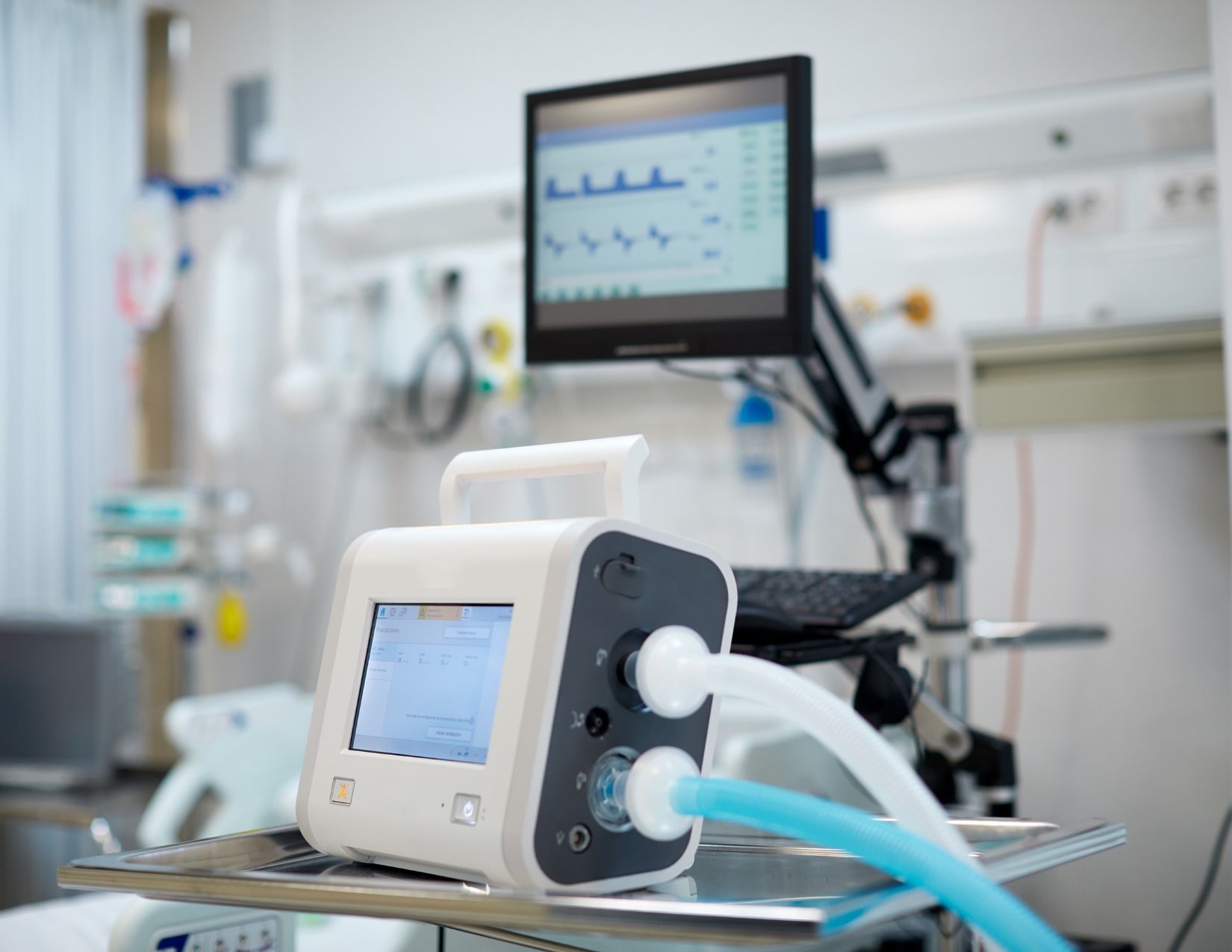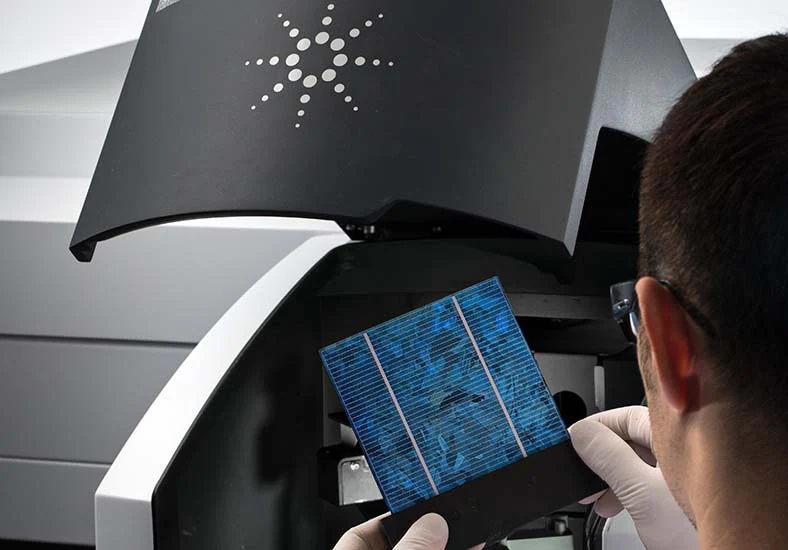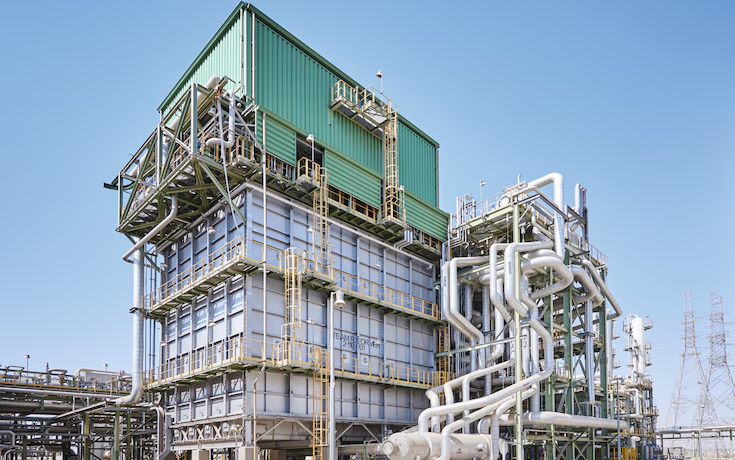
New ideas are flooding the automotive and transportation industries, while challenges and risks are also doing their part. Considering new technological changes, changed needs of consumers, and the economy globally, the risk analysis for this industry is one of great importance. This article will closely examine the occurrence of risks in the automotive and transportation market, discuss the potential impacts on different stakeholders involved, and methods to overcome these challenges successfully.
1. Economic Risks
1.1 Global Economic Fluctuations
The fluctuations in the economy play a huge role in the trends of the car and transport industry. Things like the growth of the GDP, changes in currency value, and inflation greatly affect the market trends. Studies have shown that a weak economy makes people buy fewer vehicles, hence slowing down production.
1.2 Supply Chain Disruptions
Globalization has interconnected automotive supply chains in a way that makes them more prone to disruption. Events of late, such as the COVID-19 pandemic and political conflicts, have really brought out the weakness of supply chains. In line with market research, it is emphasized that companies should assess and mitigate the risks of disruptions in supply chains through diversification, strategic inventory stockpiling, and digitization of supply chain processes.
1.3 Economic Resilience Strategies
To handle economic risks well, industry players should use resilience strategies. This means creating flexible supply chains that can adjust to changing market conditions, keeping important parts in reserve, and having backup plans for managing workers during economic downturns. By dealing with economic risks ahead of time, companies can improve their chances for long term success.
2. Technological Risks
2.1 Rapid Technological Advancements
New technology helps us create new things, but it also brings new problems. Research shows that quick changes in technology can cause issues like products becoming outdated, higher costs to develop new products, and trouble keeping up with changing industry rules. Companies need to use flexible plans to stay ahead and reduce the risks that come from technological changes.
2.2 Cybersecurity Threats
With growing connectivity and autonomous driving capabilities, vehicles are becoming increasingly vulnerable to cyber threats. It follows from the research that cyber attacks on car systems lead to safety issues, data breaches, or losses in huge amounts. Strong cybersecurity measures are required from the industry, such as regular checkups, secure software development life cycles, and involvement of cybersecurity companies, among others, to mitigate the potential damage.
2.3 Investments in R&D and Innovation
To reduce technological risks, companies need to focus on putting money into research and development (R&D) and innovation. Active R&D work can help companies keep up with changes in technology, letting them find and use new technologies early in product development. Working together with tech startups and research organizations can also give helpful ideas and improve technological strength.
3. Regulatory and Policy Risks
3.1 Evolving Emission Standards
Car companies find strict rules on emissions set by different governments around the world to be a huge challenge. According to various studies, abiding by these rules requires significant investment in the development of cleaner technologies. Companies must stay abreast of changing laws, anticipate near term emissions regulations, and actively invest in sustainable solutions in order to avoid fines and remain competitive.
3.2 Autonomous Vehicle Regulations
Deployment of autonomous vehicles has regulatory uncertainties. It is identified in research studies that because the regulations are different in different areas, widespread implementation of autonomous technology would be obstructed. Industry players should focus on coming together with governments in making uniform regulations over safety concerns, liability and ethical considerations that pose a clear path for development and deployment of autonomous vehicles.
3.3 Policy Advocacy and Stakeholder Engagement
This means that regulations affect the automotive and transportation industry, hence a need to advocate for policies and engage stakeholders. Organisations need to join industry groups, collaborate with policymakers on how to create rules to support innovation and safety, and be in a position to help establish standards across industries. With this approach, companies will be better positioned to help shape policies that promote innovative initiatives in collaboration with regulatory bodies.
4. Market Dynamics and Consumer Behavior Risks
4.1 Shifting Consumer Preferences
People's likes in the car market are changing quickly. Research shows that more people are interested in electric cars, car sharing services, and connected features. Companies need to predict and adjust to these changes in what consumers want to remain important and successful. Being flexible in how they make cars, focusing on what customers want, and using market research to make choices are very important for reducing risks linked to changing preferences.
4.2 Disruption from New Entrants
It is evident that new companies are joining the car and transportation industry in electric cars and self-driving vehicles. Research has shown that traditional car manufacturers will probably compete with tech companies and startups. Traditional companies can only compete in the market by working together, forming partnerships, and innovating at every step to reduce the risk presented by this new company.
4.3 Data-Driven Decision-Making
Companies should use data to make decisions and understand market changes to the risks of consumer behavior. Using advanced analysis and market research helps them better understand what consumers like and what is happening in the market. With the help of predictive analytics, the company can predict changes in demand, make adjustments to their products accordingly, and make smart decisions to reduce risks related to changing market conditions.
5. Environmental and Sustainability Risks
5.1 Climate Change and Regulatory Pressure
The automotive sector is under greater pressure to address climate change. Studies have indicated the need for greener manufacturing through the reduction of carbon emissions, substitution with green materials, and adherence to circular economy principles. Companies failing to meet global sustainability objectives could face penalties, damage to their brand reputation, and loss of customers.
5.2 Resource Scarcity and Material Risks
The shift to sustainable manufacturing creates risks of resource scarcity. Research indicates that demand for critical materials, such as rare earth elements and lithium used in batteries, may exceed supply. The mitigation of resource scarcity risks requires responsible sourcing of materials, investment in recycling technologies, and the pursuit of alternative materials.
5.3 Corporate Social Responsibility (CSR) Initiatives
In the fight against environmental and sustainability risks, firms engage in robust programs on corporate social responsibility. This is done through setting high sustainability goals, proper disclosure of environmental impact, and therefore involvement in projects that help in the building of a sustainable future. CSR activities contribute to the reduction of environmental risks, enhancement of brand image, and good relations with environmentally concern consumers.
6. Social and Geopolitical Risks
6.1 Workforce Challenges
The changing face of the automotive industry, in light of automation and the rise of autonomous vehicles, presents quite a few workforce challenges. A set of findings from market research underlines job displacement and the need for corporate investment in workforce reskilling programs, along with strategies to address societal concerns linked to sectoral employment.
6.2 Geopolitical Uncertainties
Global tensions between countries and trade problems can threaten the car industry. Studies show that taxes on imports, trade restrictions, and political uncertainty can interrupt supply chains, raise production costs, and affect market access. Companies need to watch political events, diversify their supply sources, and actively participate in diplomatic efforts to handle these risks effectively.
6.3 Diversity and Inclusion Initiatives
Addressing social risks means committed initiatives on diversity and inclusion. The automotive industry, traditionally male dominated, is increasingly seeing the value of diversity in encouraging new ideas and reducing social risks. Companies should enact policies of diversity and inclusion, support mentorship programs, and actively promote a diverse workforce to make them strong in combating social challenges.
7. Conclusion
In the final analysis, various risks beset the automotive and transportation industry, which demands an active and painstaking response on the part of companies in the field. Economic changeover, new technology, government rules, shifting consumer tastes, environmental concerns, and political issues all add to the
The landscape is multi-faceted. Thorough risk analysis blended with agile and adaptable strategies is therefore the route to rising successfully to these challenges. The future of the industry is based on the acceptance of new ideas, investment in methods that are eco friendly, as well as teamwork among the participants and government groups. The car and transportation industries are surely more capable of dealing with the current problems, stronger, and more viable by recognizing and reducing the risks of the industry toward a sustainable but innovative future.
In the face of such challenges, constant research, stakeholder involvement, and risk management will be the key to ongoing success in an ever changing environment.
Trending Posts

Global Silver Nanoparticles Market
The global silver nanoparticles market was valued at $2.08 billion in 2020, and is projected to reach $4.1 billion by 2027, growing at a CAGR of ~17%

LNG Bunkering – Here is something you must know!
In the current scenario of growing pollution, companies are trying to adapt more and more sustainable approach that not only gives eco-friendly result

The Basic Pension Comes - Federal Cabinet Decides On the Pension Supplement
Financial security in old age is an issue that is causing stomach pains for more and more people in Germany. Low-wage earners fear the elderly. The ba

The Future of Artificial Intelligence
In recent years, the field of artificial intelligence (AI) has witnessed unprecedented growth and transformative advancements. As AI technologies

Sailing into the future with Autonomous Ships
Autonomous Vehicles (AVs) are the uproar of this era. After airways, thanks to the companies like Tesla, that people are now getting used to see drive

Rising Demand For Uninterrupted Power Supply Is Expected To Drive The Power Rental Market
Todays world is totally reliant on electric power. There are many things which are not manageable without electricity. Power rental is a concept where

Rapidly growing IT industry coupled with the trend of bringing your own device (BYOD) is expected to provide new opportunities for growth of Cloud Collaboration
Cloud collaboration is the process of sharing and co-authoring the computer-based work through cloud technology

Factcheck on UV Disinfection for COVID-19
Many regulatory authorities and bodies believe that UV disinfection technologies can play a role in a multiple barrier approach to reducing the transm

The Global Ventilator Market Grows at a CAGR of 7.75 %
The Global Ventilator Market, which was at $688 million in the year 2016, is about to double by the year 2025, and reach a value of $1,347 million. Th

Vaccination: Vaccination Against Measles is Now Mandatory in Germany
The subject of compulsory vaccination has always heated peoples minds and caused emotionally charged discussions. The latest law in this area - the ob
Recent Posts

Growth and Future Trends of the Global In-Line UV-Vis Spectroscopy Market
In-line UV-Vis spectroscopy is a powerful analytical tool widely adopted in various industries for real-time monitoring of chemical and biological processes. This market is experiencing robust growth due to its applications in pharmaceutical.

Understanding the Growth Dynamics of the Premium Luggage Market
The market for premium luggage has grown massively over the years. This is attributed to several factors, including a change in consumer preference, increase in disposable incomes, and an overall rise in international travel.

Global Potassium Sorbate Market: Growth and Forecast
The Global Potassium Sorbate Market has gained significant traction due to the rising demand for preservatives across various industries, especially in food and beverages. Potassium sorbate, a salt of sorbic acid.

Global Venturi Masks Market Growth and Forecast
Venturi masks, also known as air-entrainment masks, play a crucial role in delivering a precise oxygen concentration to patients, particularly those suffering from chronic respiratory conditions such as COPD (Chronic Obstructive Pulmonary Disease).

Global Venous Thromboembolism (VTE) Therapeutics Market: Overview, Growth, and Forecast
Venous thromboembolism (VTE) is a critical medical condition including deep vein thrombosis and pulmonary embolism. In fact, it is one of the preventable causes of death in the hospital environment. It has experienced a substantial upsurge.

Global Vein Illumination Device Market: Growth and Forecast
The global vein illumination device market is experiencing significant growth, Due to a growing demand for minimally invasive procedures and an increase in chronic diseases, not to mention development in medical technology.

Global Vasculitis Treatment Market: Growth and Forecast
Vasculitis represents a group of disorders involving inflammation of blood vessels. It can affect parts of the body such as the skin, kidneys, lungs, and joints, and without proper treatment it may cause severe morbidity.

Global Fired Heaters Market: Growth and Forecast
The global market for fired heaters is growing at a rapid pace due to increased demand from major industries such as the oil & gas, chemical, and petrochemical sectors. Fired heaters are among the most crucial components of process heating systems.

Global Gas Flares Market Growth and Forecast
The growth in oil and gas production, environmental regulations, and a need for an effective waste gas management system are driving the global gas flares market. Gas flares are a crucial equipment in the oil and gas industry.

Global Steam Reformers Market: Growth, Trends, and Forecast
The steam reformers market is witnessing significant growth due to increased demand for hydrogen in industries like chemicals, refining, and fertilizers.
